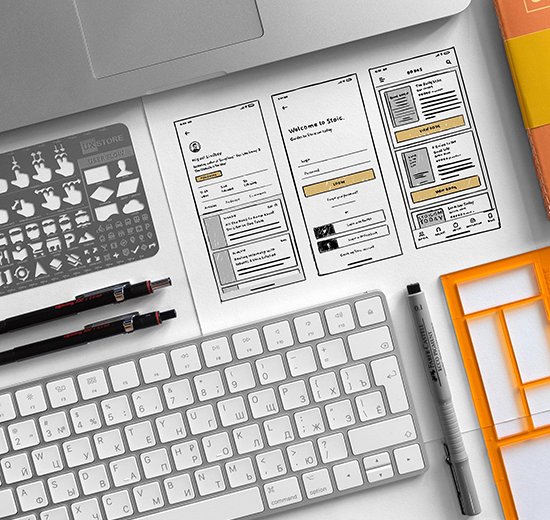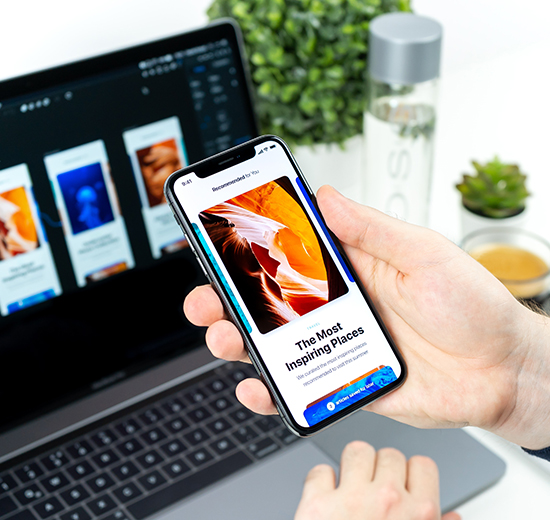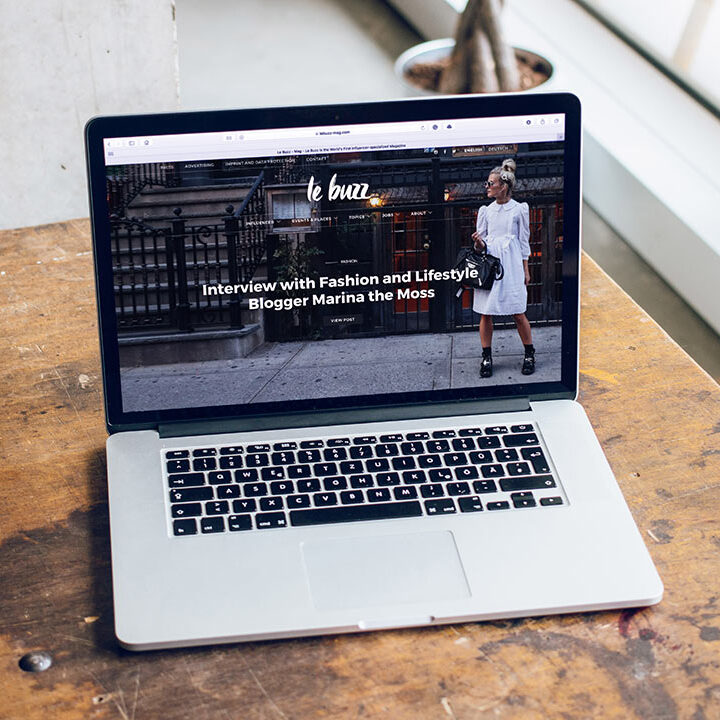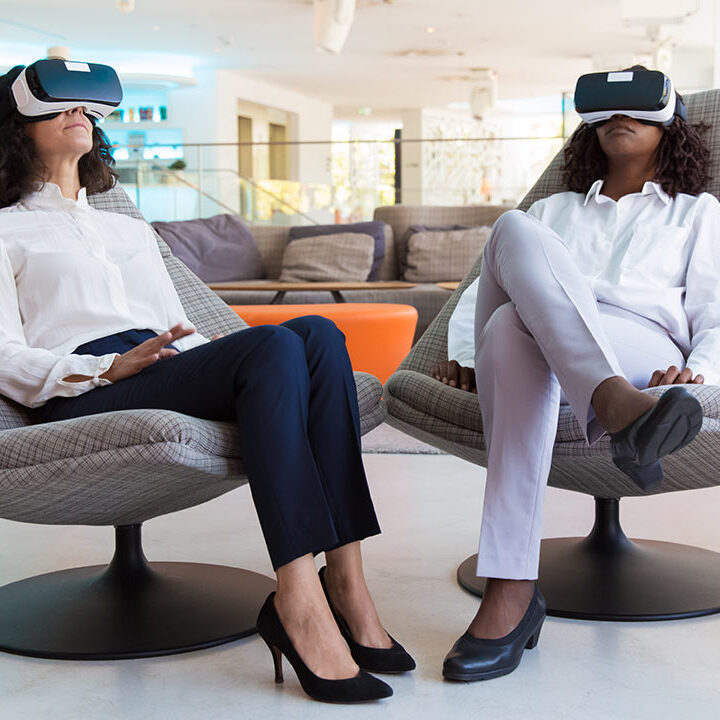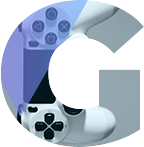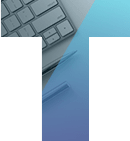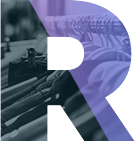The first thing that we do for you is discover how the problem statement should conform to the functions of your product, what it does or should do. Second, we try to understand the user persona, the people who are going to buy and use your product or service. Then, we take the time to understand what exactly their expectations are for the product.
This is the most important part of the design process. We take time to build use cases by defining the individual requirements. A use case depicts how a user follows specific steps to reach a particular goal. Use cases act more like a software modeling technique that can define the features that we want to implement. It also resolves any errors that we may encounter early in development. We take time to build a storyboard for each use case and present it to you before implementing anything.
The next thing that we do is pencil sketches of all the screen defaults. From this vantage point we can see how we can improvise the whole design. We make pencil sketches of various screens under each different scenario to see how users will navigate and the experiences they will have moving through the software.
In this process, we prepare the designs without using any styling such as colors, fonts, images or infographics. We also use CTA or “call to action” placement strategy. CTAs are necessary if you want users to move along a conversion path and go forward in the lead generation process. This is the way we ensure that you are getting enough information from the users of the site to further your business interaction with them.
The main aim of visual design is to shape and improve the user experience by considering the effects of illustrations, photography, typography, color, layouts, and usability of products. Aesthetic appeal is also considered. We take into account a variety of principles including unity, Gestalt properties, hierarchy, contrast, scale, similarity and dominance. Contact us to find out how we can help you with the UI/UX requirements of your software product.


